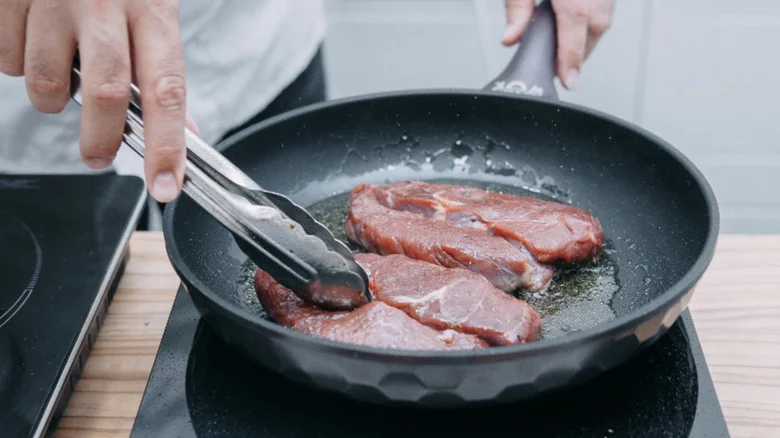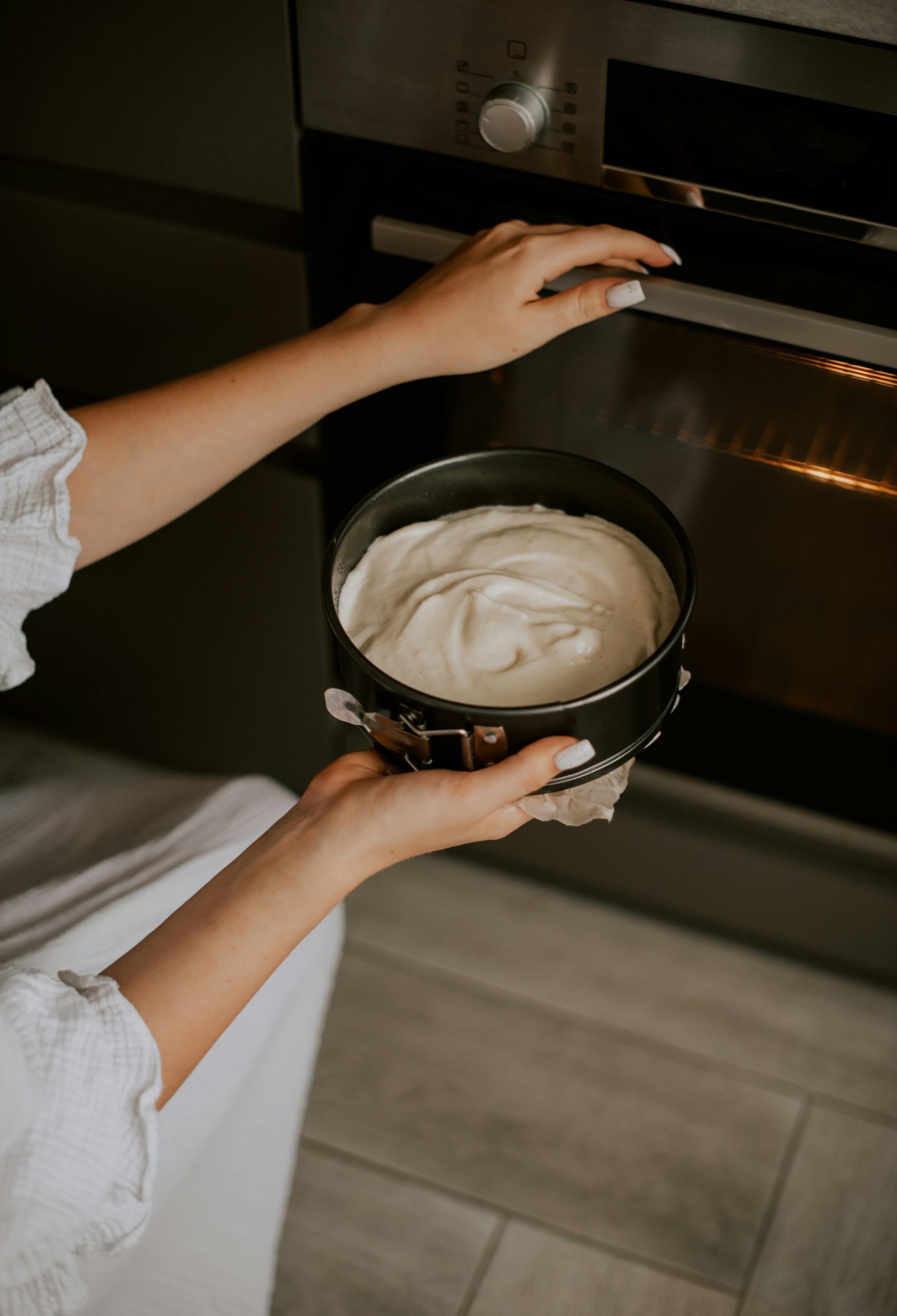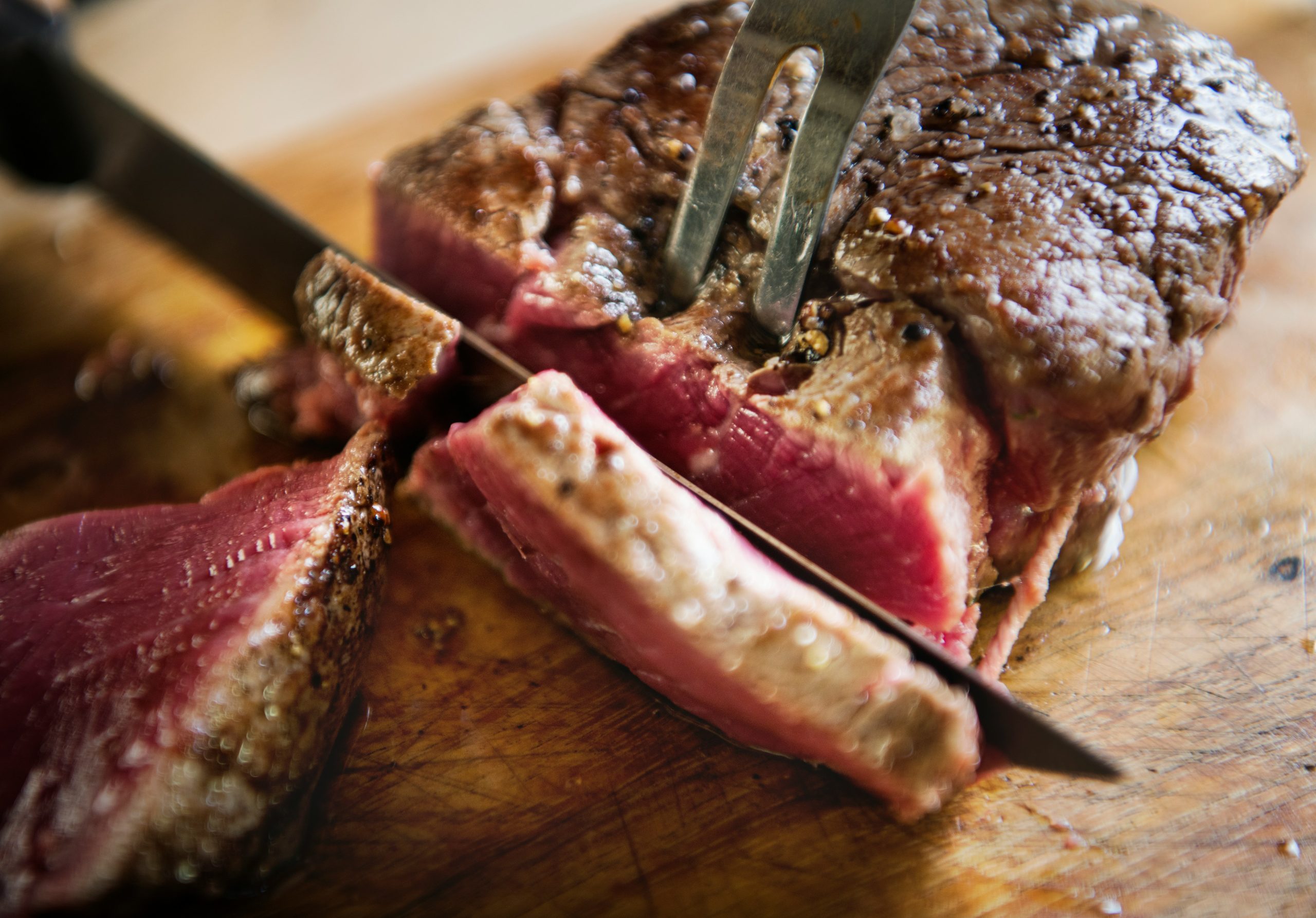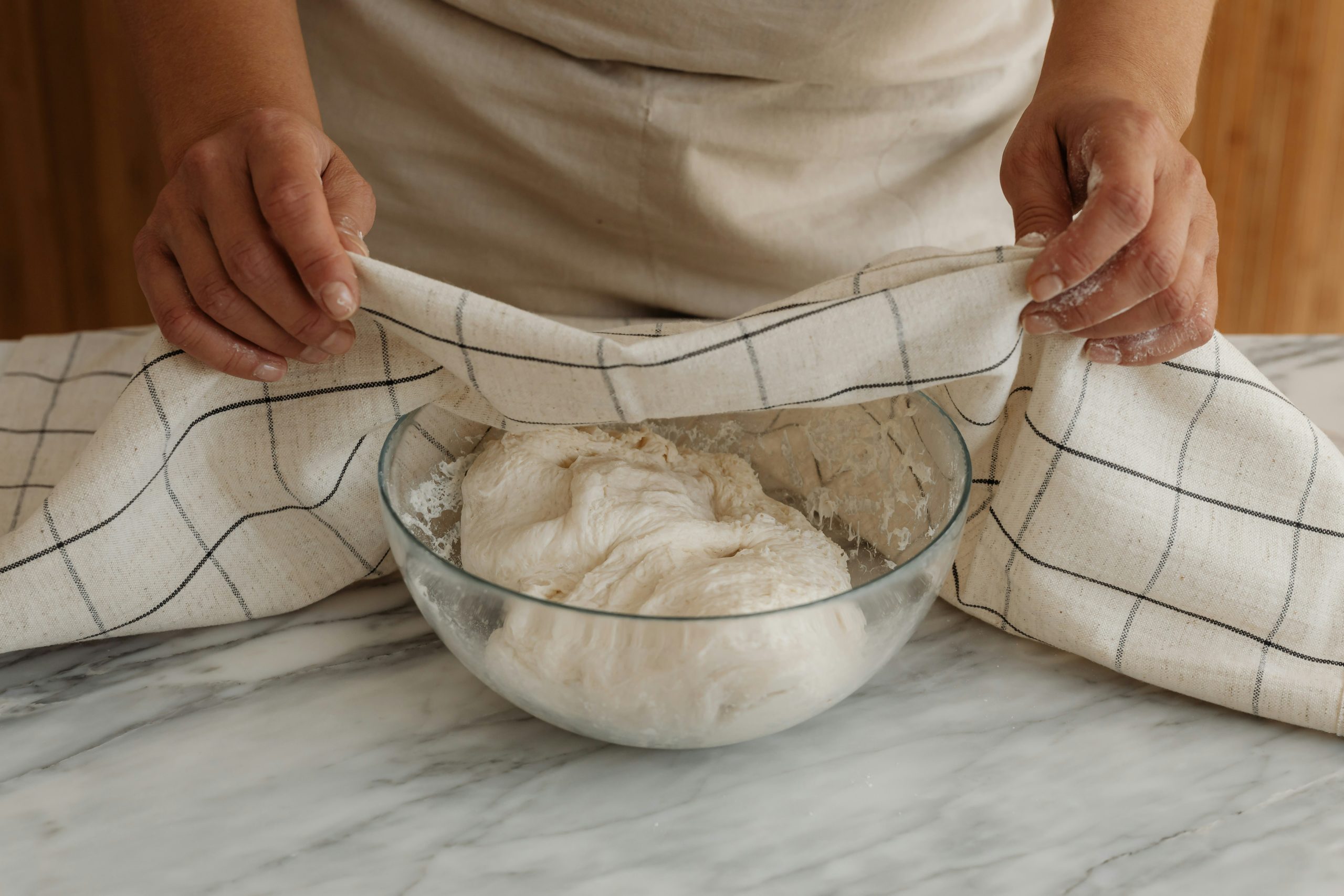Cooking at home can be a fun and rewarding experience, but it’s easy to make mistakes that can negatively impact the taste, texture, and overall quality of your meals. Whether you’re a beginner or an experienced cook, certain habits can unintentionally ruin a perfectly good dish. Here are 10 common cooking mistakes that can spoil your meals and tips on how to avoid them.
1. Overcrowding the Pan

When cooking, it’s tempting to throw everything into the pan at once to save time, but overcrowding can lead to uneven cooking. When there’s too much food in the pan, the heat doesn’t circulate properly, and instead of searing, your food will steam. This results in a lackluster texture and can leave your meat, vegetables, or whatever you’re cooking soggy. To avoid this, cook in batches and make sure there’s enough space for heat to distribute evenly.
2. Not Preheating the Oven

Many home cooks skip the step of preheating the oven, thinking it won’t make much of a difference. However, baking or roasting without preheating can affect cooking times and result in unevenly cooked dishes. For example, baking a cake in an oven that’s not properly heated can cause it to rise unevenly, leading to a dense texture. Always make sure to preheat your oven to the required temperature before putting your dish in.
3. Using the Wrong Cooking Oil

Choosing the wrong oil for the task at hand is a common mistake that can alter the taste of your meal. Some oils, like olive oil, are best suited for low to medium heat, while others, like vegetable or canola oil, can withstand higher temperatures. Using an oil with a low smoke point for frying or sautéing can result in burnt flavors and compromised taste. Make sure to pick the right oil depending on the cooking method and desired flavor profile.
4. Not Seasoning Enough

Seasoning is key to enhancing the natural flavors of your food, yet many home cooks fail to season adequately. A common mistake is adding salt and pepper only at the end of cooking, which limits their ability to penetrate the ingredients. Instead, season throughout the cooking process, adding salt, pepper, and herbs at different stages to bring out the best flavors. Taste your dish as you go and adjust seasoning accordingly to achieve the perfect balance.
5. Ignoring Rest Time for Meat

After cooking meat, it’s important to let it rest for a few minutes before cutting into it. Failing to do so will result in a loss of juices, leaving the meat dry and less flavorful. Resting allows the juices to redistribute evenly throughout the meat, ensuring a tender and juicy bite. A good rule of thumb is to let steaks and roasts rest for at least 5-10 minutes before slicing.
6. Cooking at the Wrong Temperature

When food is cooked at the wrong temperature, it can lead to undercooked or overcooked results. For instance, cooking meat at too high a temperature can cause it to char on the outside while leaving it raw inside. On the other hand, cooking at too low a temperature can lead to a dry, tough texture. It’s important to monitor the temperature of your cooking surface and adjust it as needed to ensure your dish is cooked perfectly.
7. Not Using a Sharp Knife

Using a dull knife might seem like a minor issue, but it can drastically impact your cooking experience. A blunt knife requires more effort to cut through ingredients, often resulting in uneven pieces and potentially dangerous slips. A sharp knife, on the other hand, provides more control, leading to cleaner cuts and more evenly cooked ingredients. Regularly sharpen your knives to ensure your cooking is efficient and safe.
8. Skipping the Resting Time for Dough

Whether you’re making bread, pizza, or pastries, skipping the resting time for dough is a critical mistake. Resting allows the dough to rise, develop flavor, and create a soft, airy texture. Rushing through this step can result in dense and tough dough that doesn’t bake properly. Always give your dough enough time to rest and rise, following the recipe’s recommended times for the best results.
9. Adding Cold Ingredients to a Hot Pan

When cold ingredients are added to a hot pan, it can cause a significant temperature shock that disrupts the cooking process. This is particularly problematic with meat or vegetables, as it can cause the pan’s temperature to drop suddenly, leading to uneven cooking. Additionally, cold ingredients can cause oil to splatter, creating a mess in the kitchen. For the best results, allow ingredients to come to room temperature before placing them in a hot pan.
10. Not Tasting as You Go

Failing to taste your food as you cook is one of the biggest mistakes you can make. By skipping this important step, you risk creating a dish that’s either over- or under-seasoned, bland, or poorly balanced. Tasting as you go allows you to adjust the seasoning, texture, and flavor to suit your preferences. Make sure to sample your dish at various stages of cooking to ensure everything is coming together perfectly.
In conclusion, cooking is an art that requires attention to detail and a few key techniques to get right. By avoiding these common mistakes, you can ensure that your meals turn out as delicious as possible. From properly seasoning your dish to using the right temperature and resting times, paying attention to these small factors can make a big difference in the outcome of your meal. Take your time, enjoy the process, and most importantly—taste as you go!
Leave a comment